Phyllotaxy
The mode of arrangement of leaves on the stem is known as phyllotaxy. There are three types of phyllotaxy in Angiosperms.
- Alternate phyllotaxy: A single leaf arises from the nodes. (e.g. Hibiscus)
- Opposite phyllotaxy: Leaves are arranged in pairs at each node. (e.g. Ixora)
- Whorled phyllotaxy: More than two leaves are arranged at each node. (e.g. Nerium)
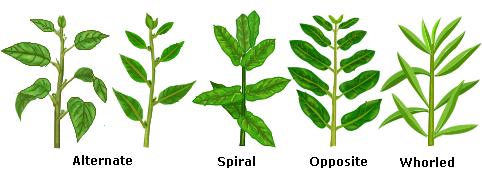
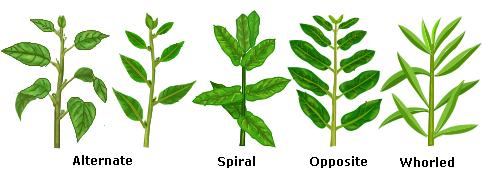
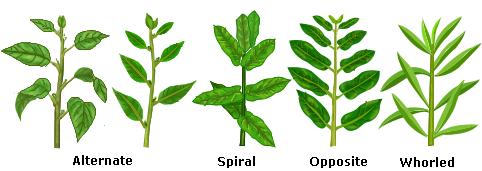
Leaf Modifications
The normal functions of leaf are photosynthesis, transpiration and respiration. Some leaves are modified to perform specialized functions.
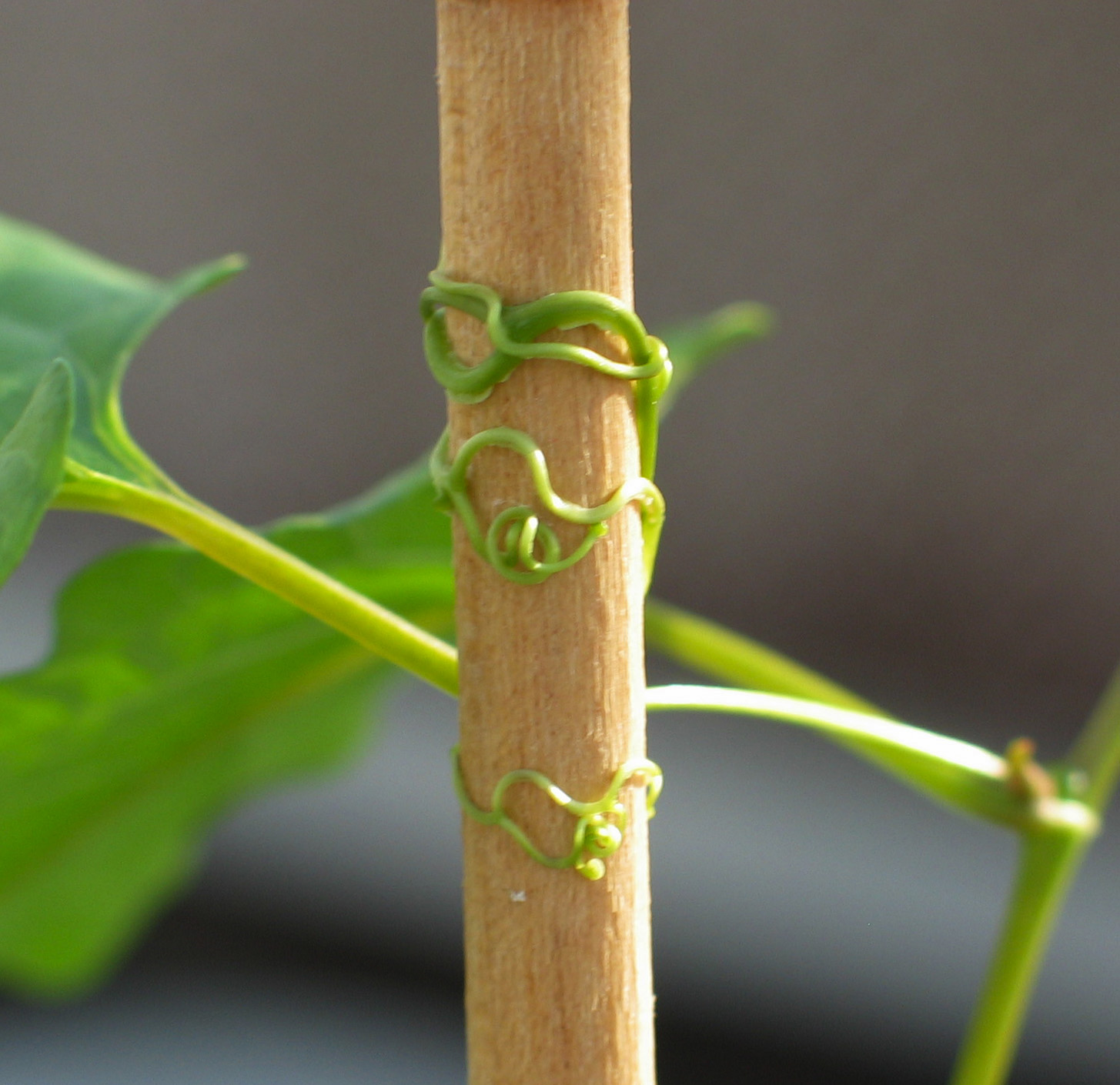
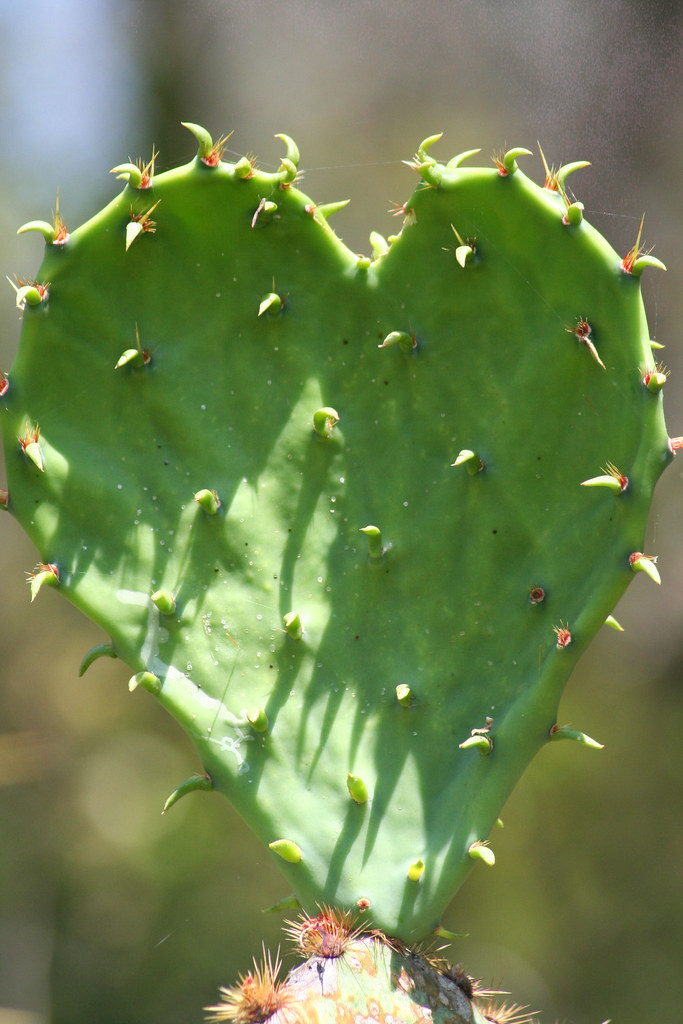
Leaf tendrils:
These are slender, wiry and coiled structures which help to climb on a solid support. (e.g. Pisum)
Leaf spine:
- In plants living in arid area, the leaves are modified into sharp and pointed structures called spines.
- They help in defence against enemies, and in reducing loss of water through transpiration. (e.g. Opuntia)
Leaf scale:
- In some plants, the leaves are modified into thin membraneous structures called leaf scales.
- In onion, these scales are fleshy due to storage of food materials.
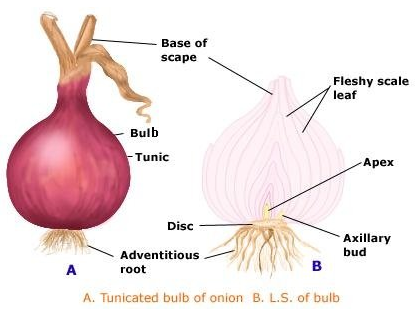
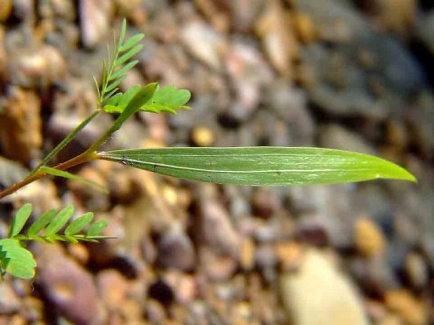
Phyllode:
- In some plants, the leaflets will fall soon after formation, and the rachis is modified into flattened, swollen and green leaf like structures to carry out photosynthesis.
- Such modifications of petioles into photosynthetic structures are known as phyllodes. (e.g. Acacia)
Pitchers and Bladders
- In insectivorous plants, the leaves are modified into flask shaped structures called pitchers (e.g. Nepenthes) or bladder like structures (e.g. Utricularia).
- These are used to capture and digest insects and small animals.
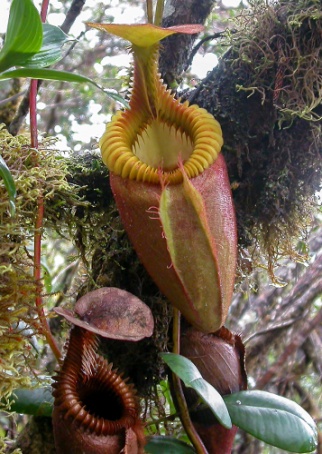
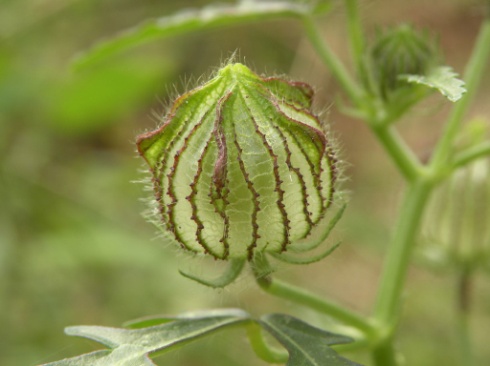
Heterophylly
The presence of more than one type of leaves on the same plant is known as heterophylly. (e.g. Limnophylla heterophylla)